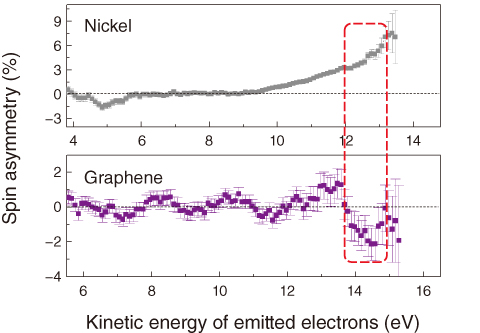
Fig.3-4 Schematic of the experimental method

Fig.3-5 Spin asymmetries of graphene and nickel
Since the discovery of a convenient fabrication method using micromechanical exfoliation from bulk graphite (2010 Nobel Prize in physics), graphene has attracted world-wide attention as an innovative nanoelectronic material. In the spintronics field, graphene is also expected to be an ideal spin-transport material. Techniques for the manipulation of electron spins in graphene are indispensable for realizing the applications of graphene to spintronic devices; in particular, the technique of spin injection from a magnetic electrode is a key issue. For the purposes of spintronic application, it is necessary to understand the spin state of graphene in contact with magnetic metal. However, it has been difficult to use conventional techniques to analyze the electronic spin states of graphene, since the weak signals from graphene of a single atomic layer are easily buried in the strong signals from the magnetic metal substrate.
In this study, selective detection of the electron spins in graphene at a junction of graphene and magnetic metal was successfully demonstrated by employing a spin-polarized metastable helium beam with an extremely high surface sensitivity (Fig.3-4). The graphene-magnetic metal junction was prepared by chemically synthesizing graphene on a nickel thin film. Fig.3-5 shows the spin state of the graphene electrons obtained by the irradiation of the spin-polarized metastable helium beam. The conduction electrons of graphene contacted with nickel were found to be spin-polarized in the opposite direction from the conduction electrons of nickel. The opposite spin polarization directions of graphene and nickel could explain why the spin injection efficiency is very low in graphene spin devices with graphene-magnetic metal contacts.
The present study provides direct information on how the conduction electrons of graphene were affected by the contact with magnetic metals. Our research achievement is also expected to greatly contribute to the design of spin-related functions based on various two-dimensional materials that are attractive for future spintronic application.
The present study was accomplished in collaboration with National Institute for Materials Science (NIMS) and the University of Science and Technology of China.